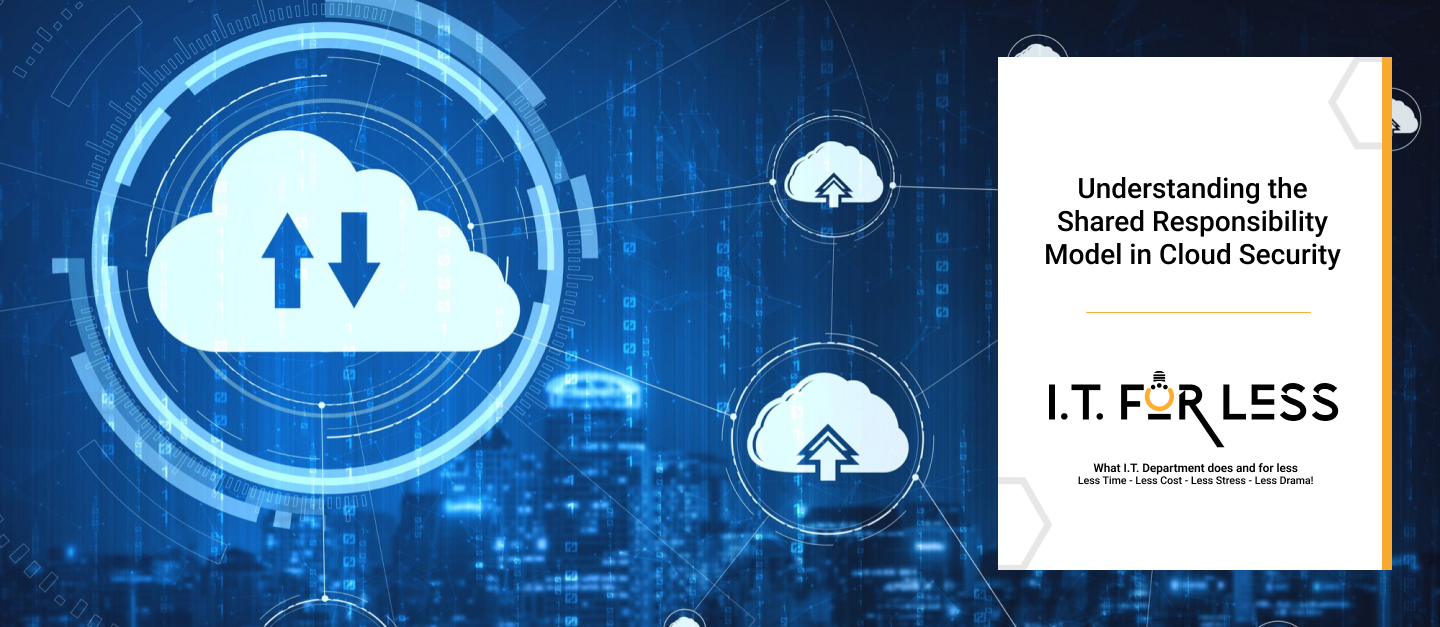When businesses move to the cloud, one of the most common misconceptions is that the cloud provider handles all aspects of security. While providers like Microsoft Azure, AWS, and Google Cloud do offer robust security measures, protecting your data and systems in the cloud is not entirely their responsibility. This is where the Shared Responsibility Model comes in—a framework that clearly defines the division of security duties between the cloud service provider (CSP) and the customer.
What Is the Shared Responsibility Model?
The Shared Responsibility Model is a security framework that outlines who is responsible for securing specific parts of a cloud environment. The split depends on the type of cloud service being used: Infrastructure as a Service (IaaS), Platform as a Service (PaaS), or Software as a Service (SaaS).
At a high level:
- Cloud provider’s responsibility → Security of the cloud (physical infrastructure, network, hardware, hypervisors).
- Customer’s responsibility → Security in the cloud (applications, data, access management, configurations).
This shared approach ensures that both parties work together to maintain a secure cloud environment.
Breaking It Down by Service Model
1. Infrastructure as a Service (IaaS)
With IaaS, the provider secures the underlying infrastructure (servers, networking, virtualization). Customers, however, are responsible for securing operating systems, applications, data, and identity management.
Example: If you host a database in AWS EC2, AWS secures the physical server, but you must configure database access controls, encryption, and monitoring.
2. Platform as a Service (PaaS)
In PaaS, the provider manages more layers, including the runtime and middleware. Customers focus on securing their data, application logic, and user access.
Example: Using Azure App Services, Microsoft secures the platform, but you must ensure proper coding practices, authentication, and data security.
3. Software as a Service (SaaS)
With SaaS, most security responsibilities shift to the provider. They secure the application and infrastructure, while customers remain responsible for managing users, access policies, and data.
Example: With Microsoft 365, Microsoft protects the app itself, but you must configure identity protections like Multi-Factor Authentication (MFA) and control who has access to sensitive files.
Why the Shared Responsibility Model Matters
- Prevents security gaps: Many breaches happen due to misconfigured cloud resources that were the customer’s responsibility.
- Clarifies accountability: Businesses know what they must do versus what the provider handles.
- Strengthens compliance: Meeting industry standards (GDPR, HIPAA, etc.) requires securing data under your control.
- Builds resilience: When both parties fulfill their roles, cloud environments become far more secure.
Best Practices for Customers Under the Model
- Implement strong identity and access management (IAM) with least privilege principles.
- Enable encryption for data at rest and in transit.
- Monitor cloud resources with logging, alerts, and security analytics.
- Stay updated on provider security features and updates.
- Conduct regular audits to ensure compliance with both internal and regulatory standards.
Final Thoughts
The Shared Responsibility Model ensures that both cloud providers and businesses play their part in protecting data and applications. Providers secure the cloud’s foundation, but customers must actively manage what they build and store within it.
Partner with I.T. For Less today, and let’s make sure your cloud environment is not only powerful but also secure. Together, we’ll keep your IT flowing as effortlessly as your ambition.
